Winter: The Best Time to Plan your Landscape
We know it’s cold outside. The ground is frozen and our trees and shrubs have entered a dormant period. While we hibernate in the warmth of our homes is the best time to plan for the landscape we want to create and enjoy in the coming warmth of spring.
Think of your yard as the biggest room of your house, albeit an outdoor room. And, it’s a room that is on public display too. So take a seat by the fireplace and get your creative juices flowing:
Practical Considerations
- Does your yard have good drainage?
- Is there a slope that makes part of your yard unusable?
- Do you have the privacy you want?
- Are patios and walkways in need of upgrade?
- Do you have adequate night lighting?
By asking yourself these types of important questions, you can establish important projects that require your attention.
Wish List
Taking care of the most dire practical considerations makes way for the fun part. Invite your family to participate. Would your kids spend more time at home playing in the yard if that fixed slope gave them the space to play? Would an enlarged deck or patio make family BBQs more enjoyable?
The choices of what to plant and where to plant are both aesthetic and practical choices. If you are a gardener, a walk around your property can inform you of where you’d like a privacy hedge or what shade tree would really add to your curb appeal.
If you’re not a gardener, use catalogs, Pinterest, and our website and Instagram account for inspiration. Then give us a call in March to let us help you make that big outside room one you and your family will love to spend the summer in.
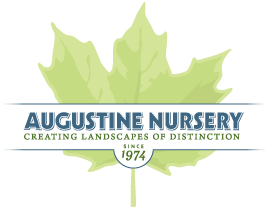
 For many of us, December marks a time when outdoor landscaping and we
For many of us, December marks a time when outdoor landscaping and we



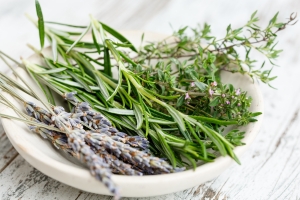
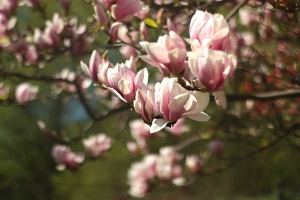
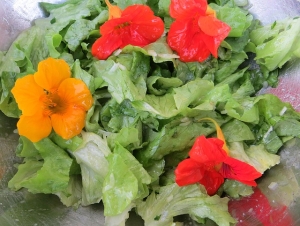
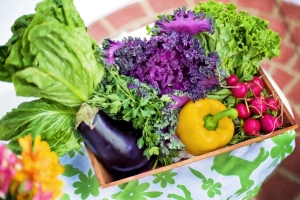

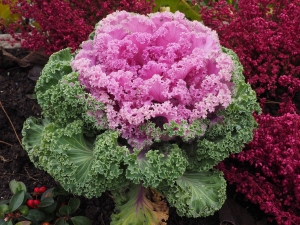

 #AugustineNursery
#AugustineNursery






 Stop in to check
Stop in to check

 Open 7 days a
Open 7 days a 




 $5 for
$5 for 




 Hope you’re
Hope you’re


 $5 Friday will feature a
$5 Friday will feature a